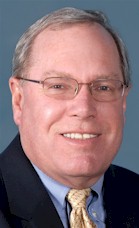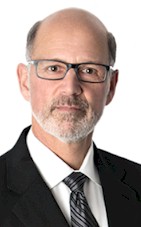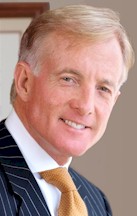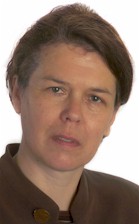
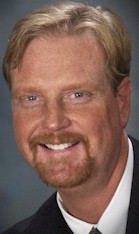
- Guest Service / Customer Experience Mgmt
- The Customer Experience: How to Make Guests Feel Like They're Getting More for Their Money
As a result of today's economy, customers are more likely to seek value rather than luxurious amenities when deciding on a hotel. This is a great opportunity for value properties to snatch up new customers - those who would typically stay at higher-end properties. Yet, the economy will rebound, so you'll want to make sure that you, your staff and your property make the best impression possible in order to gain customers for life. So, how can you turn a budget property into a four-star experience? Keep reading. READ MORE



